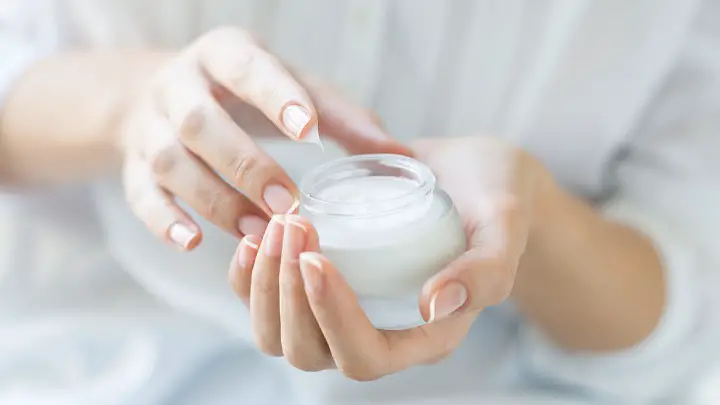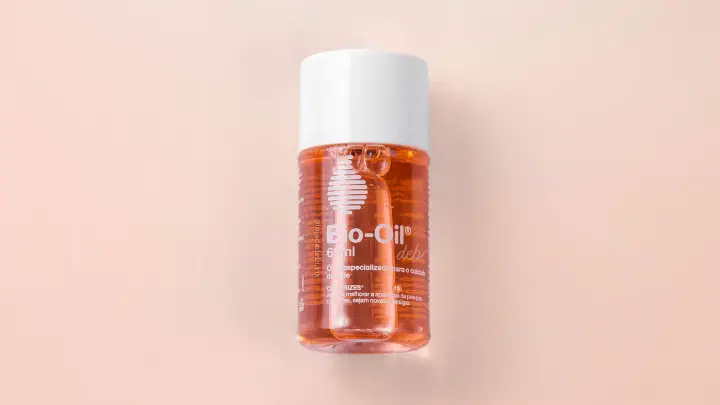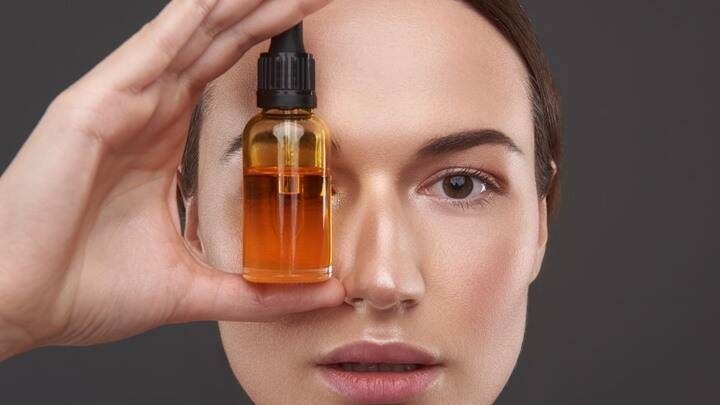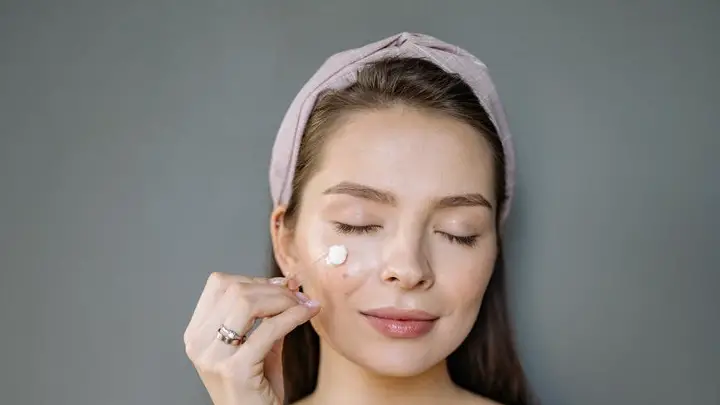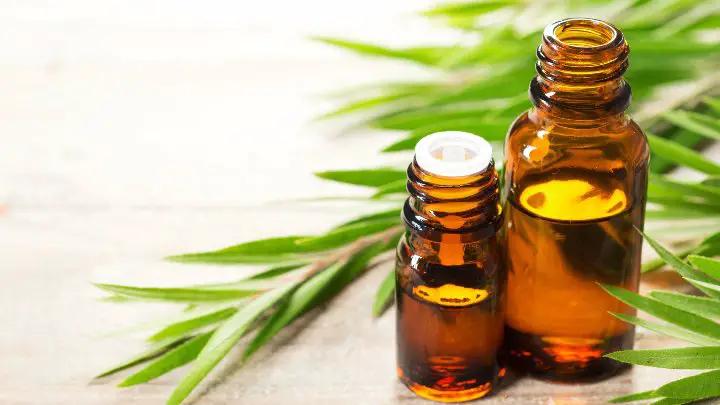Some people think that because oily skin is already producing excess oil to keep itself lubricated, it doesn’t need extra hydration in the form of moisturizer.
However, this is not true. Moisturizer is a must for oily skin. It helps reduce oil production, which controls your natural shine. It also helps with pimples and blackheads by keeping pores clean.
This article explains everything you need to know about using moisturizer for oily skin. Keep reading to find out.
Is Moisturizer Good for Oily Skin?
Oily skin produces up to 2 times more natural oil than dry skin. This is because the oil on the skin’s surface works to keep it from drying out. For this reason, some people worry that applying a moisturizer with oil will cause more oil to be produced.
However, moisturizer is a must for oily skin, as it can help balance the overproduction of oil. Besides controlling excess oil, moisturizers also help keep skin hydrated and prevent dehydration, which can cause the skin to break out more.
Moreover, the natural protective barrier against moisture loss in oily skin usually breaks down due to the constant flow of oil in oily skin. Using a moisturizer is a great way to strengthen this barrier and keep your skin healthy.
Some moisturizers also contain ingredients like retinol and niacinamide that will actually tighten pores and reduce the appearance of pores, which is beneficial to those with oily and acne-prone skin.
How to Choose Moisturizer for Oily Skin
There are so many different types of moisturizers on the market, it can be difficult to choose which one is right for you.
Here are a few things to keep in mind when shopping for a moisturizer:
- Avoid heavy moisturizers, as they can increase surface oils or oil production in the skin. Instead, look for water-based or gel formulations with natural ingredients to soothe your skin without causing irritation.
- If you have blackheads or breakouts, it might be a good idea to invest in a moisturizer that not only controls oil production but also fights acne.
- If your acne is caused by bacteria, look for moisturizers that contain benzoyl peroxide or sulfur. These products are most effective when fighting bacteria that cause acne.
- Look for oil-free moisturizers labeled as “non-comedogenic.” This means they won’t cause acne and won’t clog pores.
- If you can’t seem to find an oil-free product, then you should try choosing something with salicylic acid in it. It will help stop oil production and prevent future breakouts.
- If you’re looking for a moisturizer that can also serve as a sunscreen without irritating skin, try a moisturizer that’s labeled as both a moisturizer and an SPF.
Ingredients to Look For In a Moisturizer
- Water: A key ingredient in all skincare products. It helps replace water that is lost through evaporation.
- Glycerin: A byproduct of soap-making that attracts and retains moisture in the skin. This ingredient acts as a humectant.
- Lactic acid: An alpha hydroxy acid (AHA) naturally derived from milk sugar. AHAs help exfoliate dead skin cells, which helps increase cell turnover and restore the natural glow to your skin.
- Soothing agents: These ingredients calm inflamed or irritated skin, leaving it feeling soft and smooth. They include aloe vera, allantoin, willow herb, licorice, and rose hip oil.
- Retinol (vitamin A): Helps acne and fine lines by increasing cell turnover, repair, and rejuvenation; can also help with anti-aging.
- Salicylic acid (beta hydroxy acid): Helps with acne and hyperpigmentation; exfoliates and unclogs pores; helps reduce aging signs.
- Antioxidants: They help protect your skin from environmental damage caused by UV rays, pollution, and smoke.
How to Apply Moisturizer to Oily Skin
- Cleanse your skin with a mild cleanser and warm water. This will help to remove excess oils that might block the absorption of the moisturizer into your skin.
- After cleansing, gently pat it dry instead of rubbing it hard with a towel so as not to disturb the natural oils in your skin.
- Apply a small amount of moisturizer onto clean hands and gently rub it onto your skin using circular motions so you don’t miss any area.
- Use sunscreen on any areas that are exposed to the sun, such as the face, neck, and hands.
For best results, rub lotion in slowly and thoroughly, especially on the legs and back area.
Tips for Getting Rid of Oily Skin
Stay hydrated
Drinking plenty of water keeps your entire body functioning properly, including your skin. Water helps keep your skin clean by flushing out excess oil and impurities that built up on your skin throughout the day.
Change your diet
Try to reduce the amount of dairy you eat, especially cheese and butter. Dairy products are very high in fat, which leads to oil production in the skin. Cut out all fried foods, too, because they can clog your pores and encourage acne.
Oatmeal bath
Add a cup of oatmeal to running bath water and soak for at least 10 minutes every day. This will help dry out your skin and remove dead cells and excess oils that are making it oily.
Use a facial toner
Use a face toner or astringent after cleansing your face to clear out any leftover oils in your pores. These products also contain ingredients like lactic acid that help to reduce the size of enlarged pores by tightening them up.
FAQs
How do you know if your moisturizer is good?
A good moisturizer will help your skin stay hydrated for long periods of time, so you won’t have to reapply it every hour or two.
It will also smooth out your complexion by evening out your skin tone and improving your skin texture. Additionally, a good moisturizer should have an SPF of at least 15 so you can get some sun protection for your skin.
How much moisturizer should you apply?
The general rule is to use about a dime-sized amount of moisturizer for each area of the skin. But you can add a bit more if you have dry or rough patches on your skin.
If you are using a spray-on type of moisturizer, make sure that it covers your entire body area and not just certain areas like your legs and arms as this can lead to discolorations and rough patches on some areas of skin.
How often should you moisturize your face?
Twice a day. Apply a moisturizer once in the morning and once at night to help keep your face smooth, hydrated, and free of wrinkles.
When you are using a moisturizer on your face, the main thing that you want to think about is whether or not it is oil-based. If it is oil-based, then you should use a very small amount as it might clog your pores and cause more problems than it fixes.
Conclusion
Moisturizer for oily skin is a must-have. This will help to control the amount of oil that your skin produces. A good moisturizer can also help balance the skin’s natural oils so it will not produce too much oil.
However, make sure that your moisturizer is labeled as being oil-free or non-comedogenic, as these are the kinds of products that are best suited for moisturizing and preventing breakouts on your face.
Thanks for reading.
Serum101 provides you with daily articles on moisturizers and other skincare products to keep your skin young and healthy.
